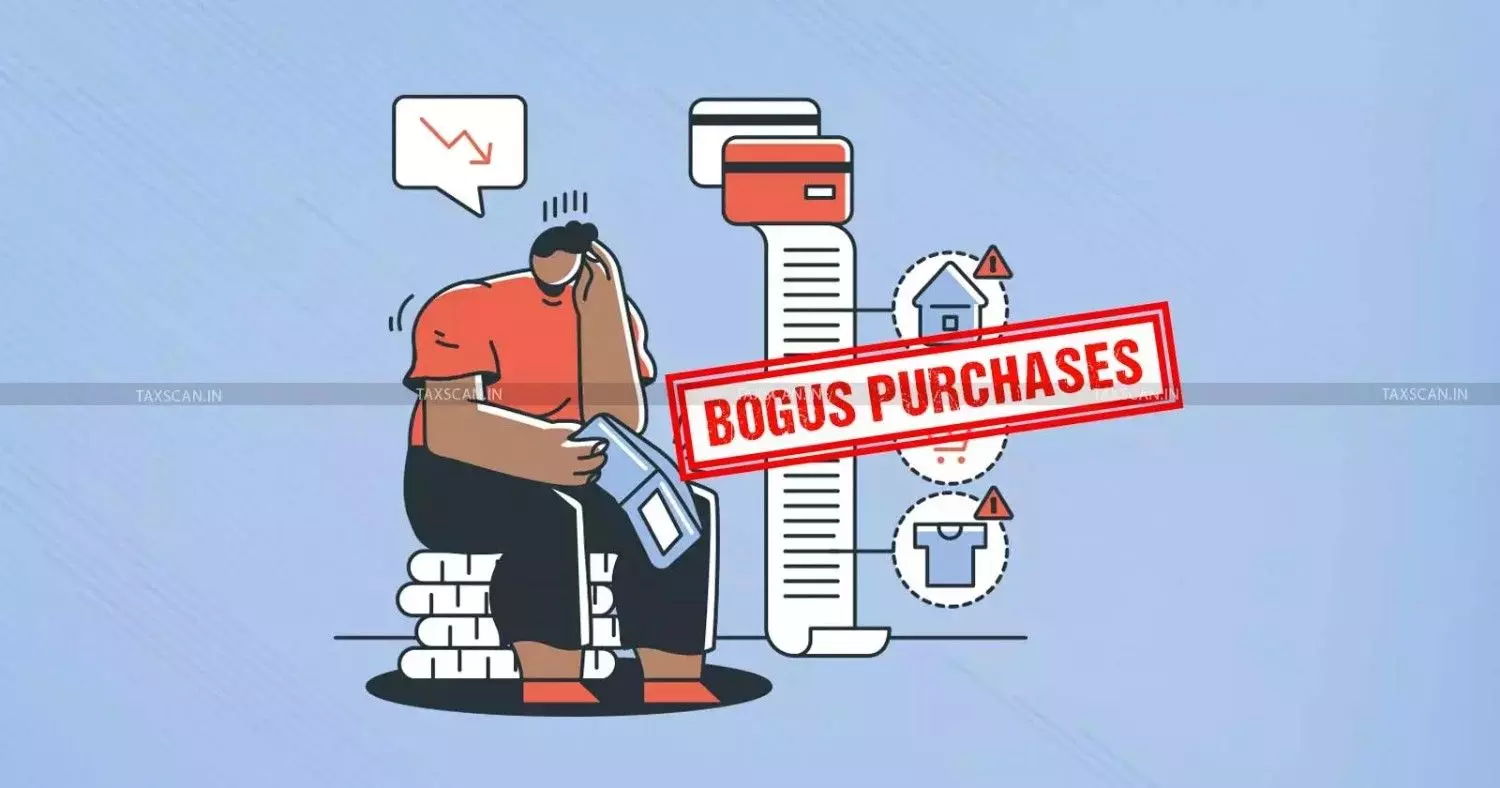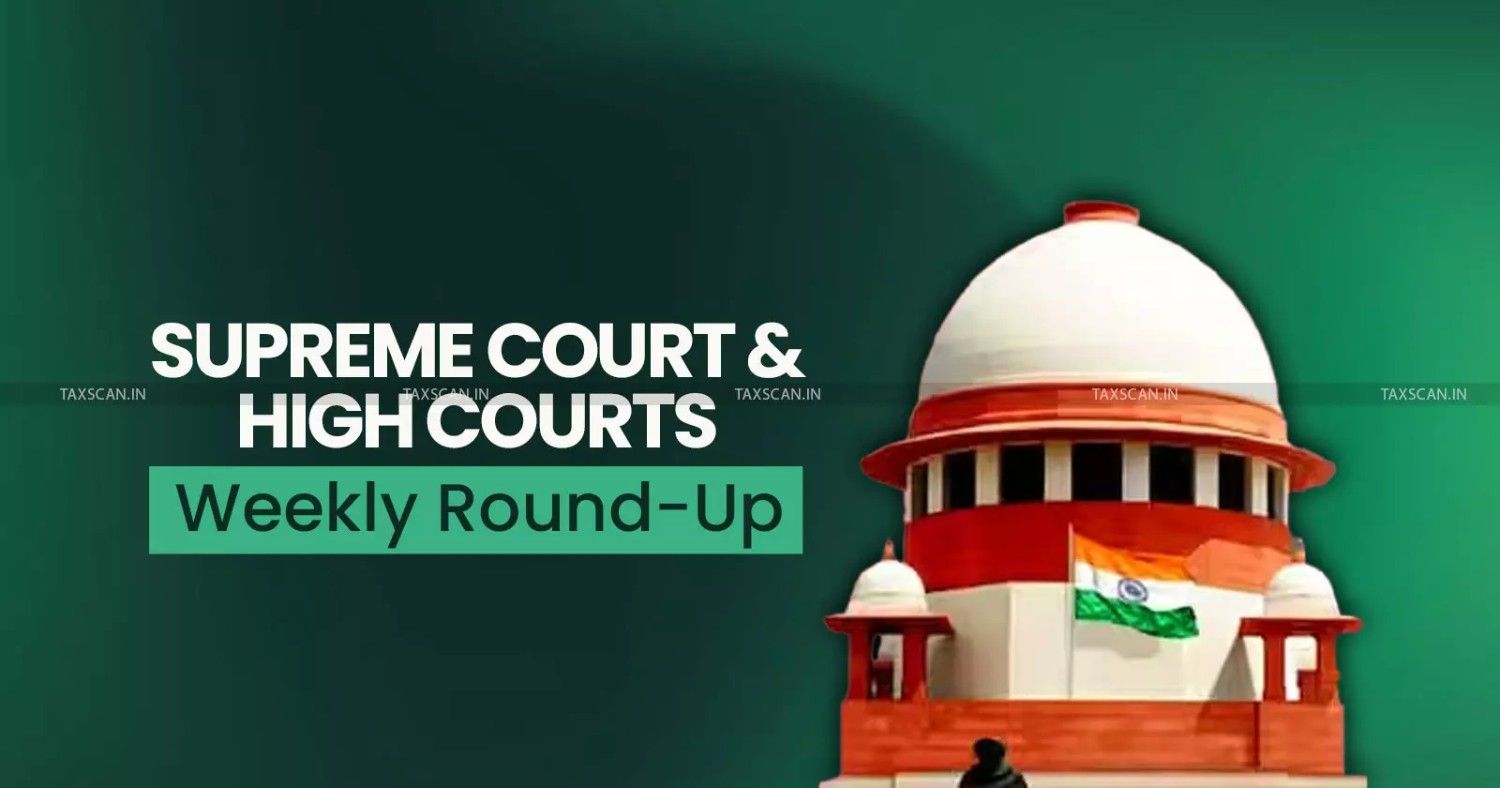Supreme Court upholds 100% Income Tax Addition on Bogus Purchases u/s 69C, Dismisses SLP [Read Order]
The High Court held that the assessee failed to prove the genuineness and source of expenditure.

Bogus-purchases-taxscan
Bogus-purchases-taxscan
The Supreme Court has upheld the Bombay High Court’s ruling that restored the Assessing Officer’s 100% addition of ₹20.06 crore as bogus purchases under Section 69C, dismissing the Special Leave Petition.
After hearing counsel and examining the record, the Court found no reason to interfere with the High Court’s detailed findings on the assessee’s failure to substantiate the purchases, thereby allowing the full disallowance to attain finality.
Kanak Impex had originally declared a modest income of ₹2,84,700 for A.Y. 2009-10, but the Department later reopened the assessment when the DGIT (Investigation) and the Sales Tax Department flagged the assessee as a beneficiary of hawala purchases. Notices under Sections 148, 142(1), and 133(6) of the Income Tax Act, 1961 were issued multiple times through post, email, and affixture, but the assessee did not appear or respond.
As the assessee failed to substantiate the purchases or the source of funds used for them, the Assessing Officer passed a best-judgment assessment under Sections 144/147 of the Income Tax Act, 1961 and added the entire amount of ₹20.06 crore as unexplained expenditure under Section 69C of the Income Tax Act, 1961.
Know How to Investigate Books of Accounts and Other Documents, Click Here
On appeal, the CIT(A) rejected the assessee’s claim that notices were not served, noting that the addresses matched and emails had not bounced. The CIT(A) concluded that the assessee was involved in obtaining bogus bills. Despite these findings, the CIT(A) reduced the addition to 12.5% by applying profit-estimation principles drawn from Simit P. Sheth (3012).
 Also Read:Supreme Court to Determine Whether Security Deposits on Real Estate Deals are Genuine or a Means to Evade Tax [Read Judgement]
Also Read:Supreme Court to Determine Whether Security Deposits on Real Estate Deals are Genuine or a Means to Evade Tax [Read Judgement]
In cross-appeals before the Tribunal, the Revenue argued that the CIT(A) erred in restricting the addition, while the assessee challenged the addition altogether. The Tribunal directed the AO to determine the gross-profit element embedded in the alleged purchases instead of sustaining the full disallowance. This led the Revenue to file an appeal before the Bombay High Court under Section 260A of the Income Tax Act, 1961.
The High Court held that the assessee had entirely failed to discharge its burden of proving the genuineness of the purchases or explaining the source of funds. It observed that both the CIT(A) and the Tribunal misdirected themselves by estimating profits when the issue was not low profitability but unexplained expenditure. The Court emphasised that once the assessee was found to have recorded accommodation-entry purchases and provided no explanation for the expenditure, Section 69C mandated full disallowance.
The High Court noted that the assessee neither appeared during reassessment nor produced evidence at any appellate stage regarding the source of the alleged purchase payments. The Court therefore restored the Assessing Officer’s full addition of ₹20.06 crore and reversed the orders of the CIT(A) and ITAT, directing that the total addition not exceed the said amount.
Since the Supreme Court found “no reason to interfere” with the High Court’s order and dismissed the SLP, the High Court’s findings on bogus purchases and Section 69C remain undisturbed.
Support our journalism by subscribing to Taxscanpremium. Follow us on Telegram for quick updates




